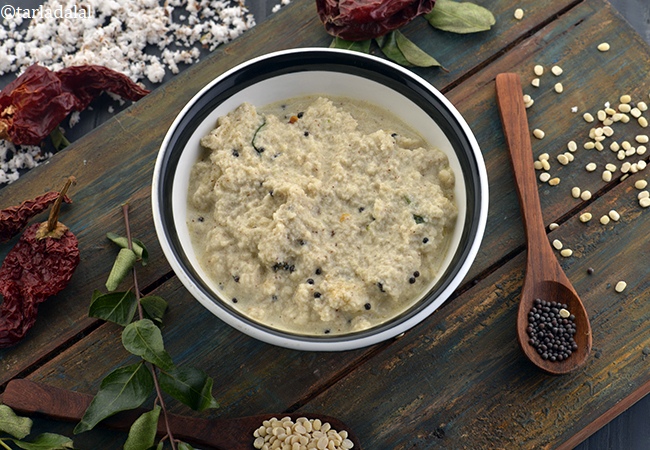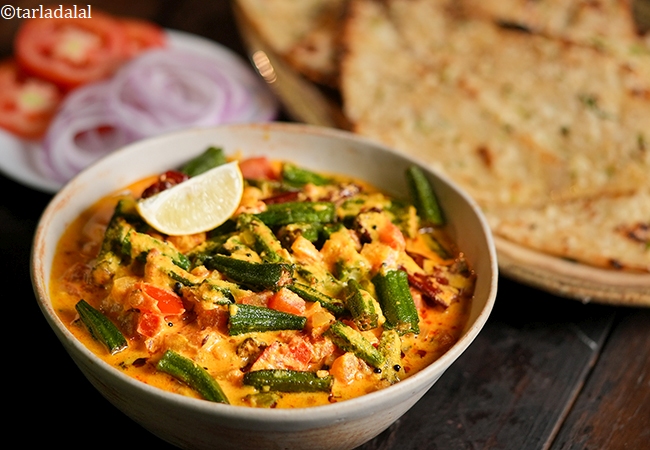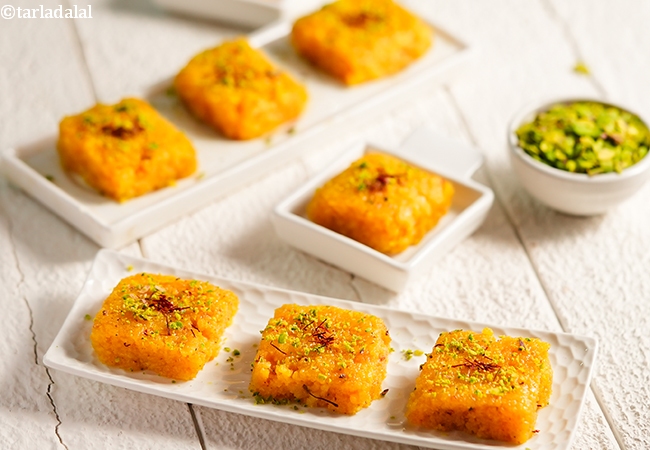Grated coconut, a versatile ingredient, adds a delightful touch to many Indian dishes, offering both flavor and texture.Here's how it's commonly used:
-
Flavor: Grated coconut brings a distinctive sweetness and a subtle nuttiness to dishes. It pairs well with various spices like turmeric, chilies, and curry powder, creating a well-rounded flavor profile. In some regions, especially South India, it's a key ingredient in curries and lentil dishes, forming a creamy and flavorful base.
-
Texture: The texture of grated coconut varies depending on its form. Freshly grated coconut offers a slightly chewy texture, while desiccated coconut (dried) can be coarse or fine, adding a textural contrast and sometimes a pleasant crunch. It can also thicken stews and curries slightly.
 coconut chutney recipe | thangai chutney | coconut chutney 6 varieties | coconut chutney for idli, dosa, uttapa | nariyal chutney
coconut chutney recipe | thangai chutney | coconut chutney 6 varieties | coconut chutney for idli, dosa, uttapa | nariyal chutney
-
- Coconut Curries: Dishes like Sambar (lentil stew) or Korma often use grated coconut milk or grated coconut paste to create a creamy and flavorful base.
 dahi bhindi recipe | Kerala style dahi bhindi | South Indian dahi bhindi | okra yoghurt gravy |
dahi bhindi recipe | Kerala style dahi bhindi | South Indian dahi bhindi | okra yoghurt gravy |
-
- Rice Dishes: Grated coconut is sometimes added to rice dishes like Bisi Bele Bath (lentil rice) or steamed rice for a touch of sweetness and richness.
- Sweets and Desserts: Many Indian sweets like Laddoos (sweet balls) or Barfi (fudge) incorporate grated coconut for its sweetness and texture.
 Kopra pak recipe | Gujarati Kopra pak | Kopra pak made with mava (khoya) |
Kopra pak recipe | Gujarati Kopra pak | Kopra pak made with mava (khoya) |
Overall, grated coconut adds a unique layer of flavor and texture to a vast array of Indian dishes, making it a cherished and versatile ingredient.